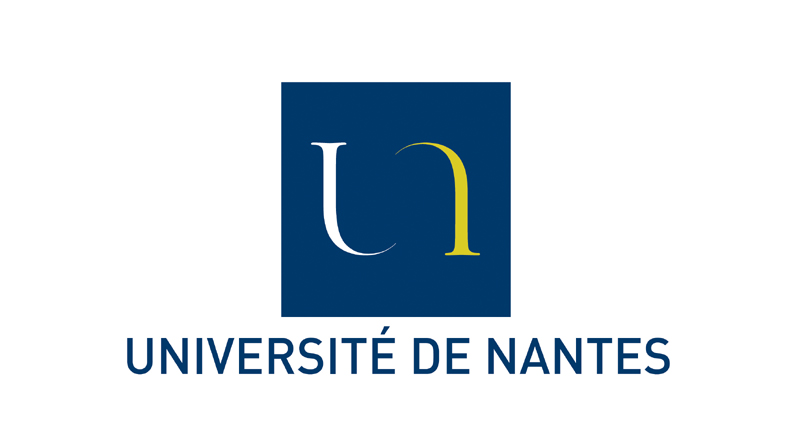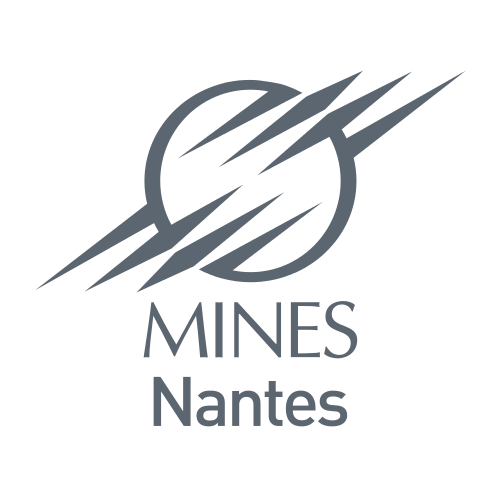Project Description
Over the last few years, Cloud Computing has revolutionized
the way IT resources are managed. Its service-oriented model
enables the allocation of resources on
demand: consumers are able to request compute/storage/network
resources almost instantaneously over the network.
From the
supplier's perspective, a negative consequence of this model
is that it quickly generates a level of dynamicity that makes
manual management of Cloud difficult to enforce service
level agreements (SLAs). Autonomic Computing has been widely
adopted in many fields in which systems require to be adapted
dynamically, including Cloud-based systems. The MAPE-K reference
architecture is used as a guide to design autonomic managers
(AMs) to alleviate Cloud administrators from the burden to
manually manage those complex infrastructures.
We believe that Cloud services, regardless of the layer that
carries them, share many characteristics and objectives.
Cloud architectures inherently expose services located in a
software stack, which means that services can play the role
of consumer (other services in the cloud stack) and / or
provider (to end users or other services). Therefore,
the objectives of any service XaaS (Anything-as-a-Service)
are very similar: (i) find an optimal balance between costs
and revenues (minimizing costs because of purchased services
and penalties for SLA violations, while maximizing revenues
related to services provided to customers); (ii) comply with
all SLA constraints or internal constraints to the concerned
XaaS layer (e.g., the maximum capacity of resources). In other
words, any AM should be designed to find the optimal
configurations of XaaS layer based on these objectives.
This project aims to design and implement a declarative
approach, generic and extensible for autonomic management
of Cloud services, potentially covering any layer of the Cloud
services stack. The basic idea is that from a model
describing such a Cloud system, Cloud administrators would be
be able to automatically derive an AM for the concerned system.
For this purpose, three different research challenges
will be explored and discussed:
- Definition of a
generic modeling language which is extensible to all XaaS
layer.
- Design of generic analysis and planning
phases for an AM.
- Synchronization of the real running (and distributed)
system with the models used in the AM.


